Introduction
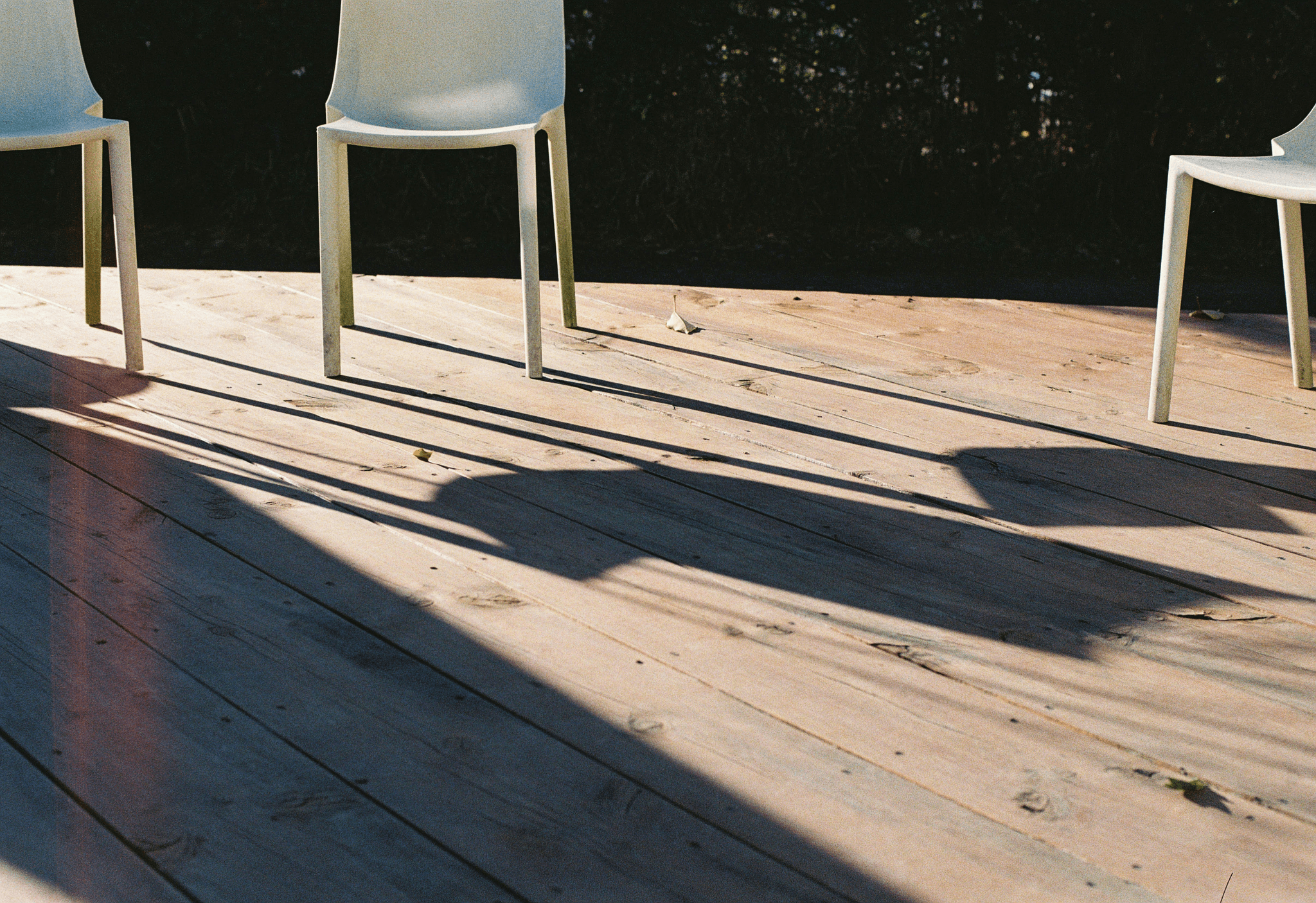
When the summer sun blazes down, your outdoor oasis can quickly turn into a sizzling hot spot. If you find yourself asking, Does composite decking get hot? you're not alone. Understanding how different decking materials respond to heat is crucial for making informed choices about your outdoor space.
Is Your Deck Too Hot to Handle?
Imagine stepping onto your deck composite decking and feeling like you've just walked on a frying pan. While traditional wood decks can absorb heat, many homeowners are turning to composite lumber decking as an alternative. However, it’s essential to know that even composite wood can heat up under direct sunlight, prompting the question of whether it's truly suitable for those sun-soaked afternoons.
Understanding Composite Decking Materials
Composite decking has gained popularity for its blend of durability and low maintenance compared to traditional wood decks. Made from a combination of recycled materials and plastic, these composite wood decking boards offer an eco-friendly solution without sacrificing style or comfort.
The Science Behind Heat and Decking
The science behind heat retention in different types of decking material is fascinating yet practical for homeowners planning their outdoor spaces. Composite wood tends to have a different thermal conductivity than natural wood, affecting how hot it gets when exposed to sunlight. By understanding these dynamics, you can better manage your deck's temperature and ensure that your summer gatherings remain enjoyable.
What is Composite Decking?
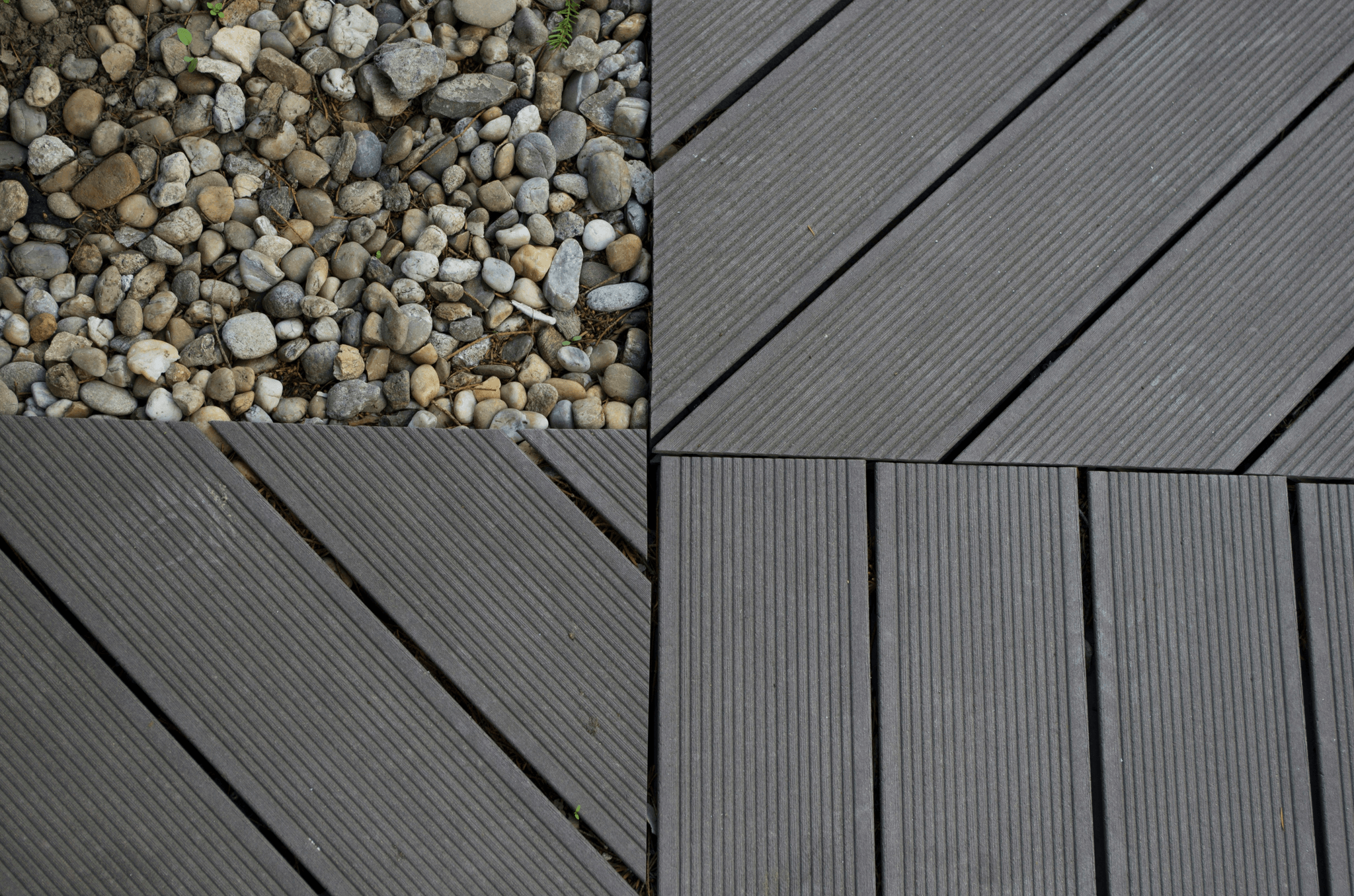
Composite decking is a popular alternative to traditional wood decks, made from a blend of recycled plastic and wood fibers. This innovative material combines the aesthetic appeal of natural wood with enhanced durability and low maintenance needs. As homeowners seek to create beautiful outdoor spaces without the hassle of regular upkeep, composite lumber decking has become increasingly attractive.
Types of Composite Decking
There are several types of composite decking available on the market, each designed for specific needs and preferences. Solid composite boards are thick and sturdy, providing excellent durability for high-traffic areas, while hollow boards offer a lighter option that can be easier to handle during installation. Additionally, some brands offer capped composite decking, which features a protective layer that enhances resistance to stains and fading—ideal for those wondering if does composite decking get hot in direct sunlight.
Advantages Over Wood Decks
When comparing composite wood decking boards to traditional wood decks, the advantages become clear. Composite materials resist splintering, rotting, and insect damage far better than their wooden counterparts, ensuring your deck remains safe and visually appealing for years to come. Furthermore, maintenance is minimal; no need for sanding or refinishing every few years—just occasional cleaning will do the trick!
Common Brands Like Trex and TimberTech
Several brands dominate the composite decking market, with Trex and TimberTech leading the pack in quality and innovation. Trex offers a wide range of colors and textures while prioritizing sustainability through recycled materials in their products—perfect for eco-conscious consumers! TimberTech also emphasizes performance with its advanced technologies that enhance durability while answering concerns like does composite decking get hot? through thoughtful design choices that minimize heat retention on sunny days.
How Heat Affects Decking Materials
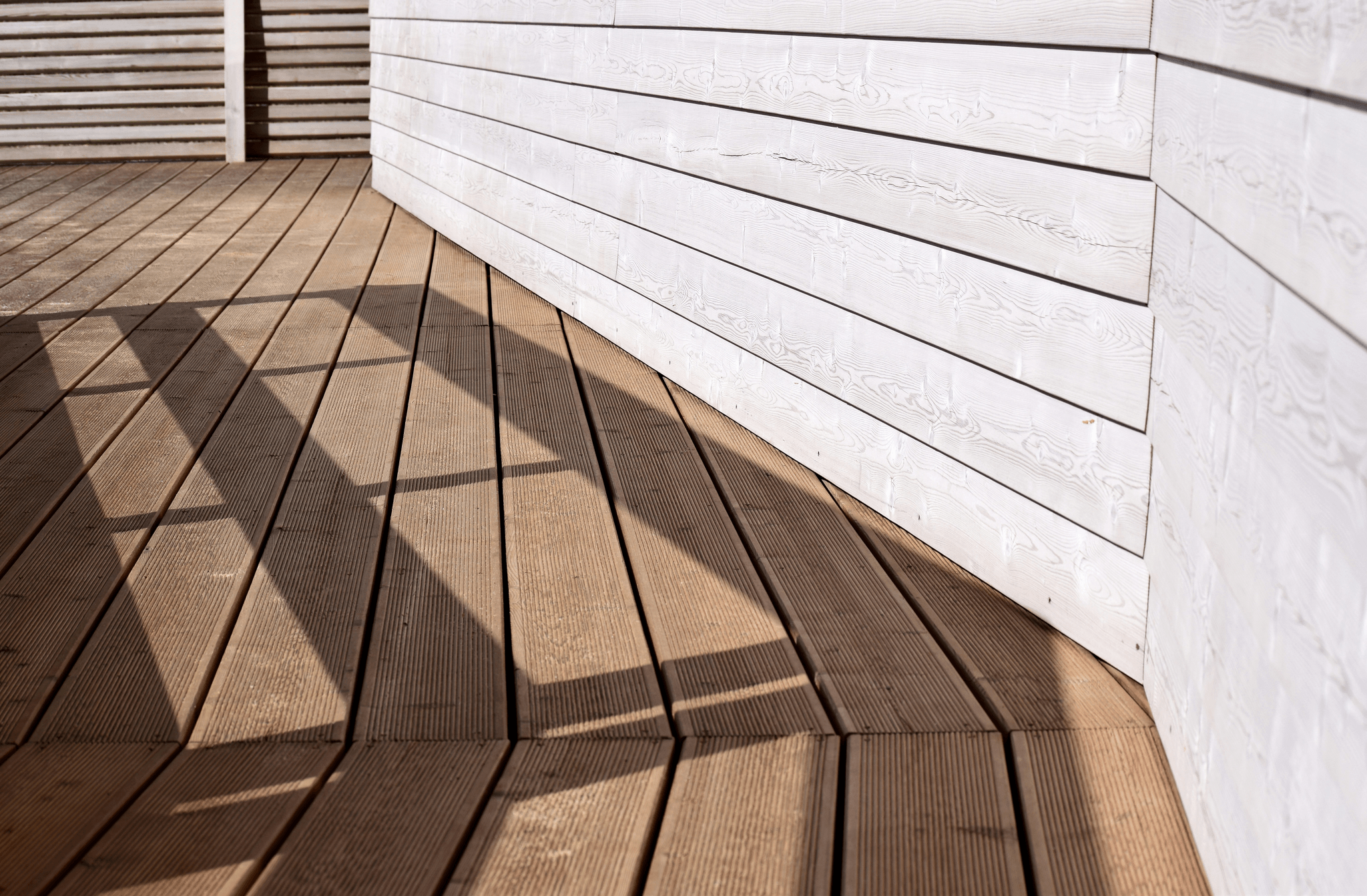
Temperature Differences in Materials
Different decking materials react uniquely to heat exposure, which can influence how hot they become underfoot. Composite lumber decking often has a higher thermal mass than wood decks, meaning it can absorb and retain more heat from the sun. Consequently, homeowners frequently ask, Does composite decking get hot? The answer is yes, but there are variations depending on the specific material used and environmental factors.
In general, darker colors tend to absorb more sunlight than lighter ones; thus, if you're considering deck composite decking options, keep this in mind when selecting shades. For instance, a dark brown or black composite wood may feel significantly warmer compared to a light gray alternative after a sunny afternoon. Ultimately, understanding these temperature differences helps you choose the right composite wood decking boards for your climate and lifestyle.
The Effect of Sunlight on Composite Wood
Sunlight plays a critical role in determining how hot your deck will get throughout the day. Composite wood absorbs solar radiation differently than traditional wood decks due to its unique makeup of plastic and recycled materials combined with wood fibers. This blend not only enhances durability but also affects how quickly it heats up when exposed to direct sunlight.
In real-world scenarios, many users have noted that while composite decking does get hot under intense sun exposure—especially darker shades—it cools down relatively quickly when shade is provided or temperatures drop later in the day. Therefore, if you’re worried about burning your feet while enjoying those summer barbecues on your deck composite decking surface, consider strategic placement of shade solutions or outdoor furniture that can help mitigate direct sunlight exposure during peak hours.
Comparing Composite Lumber Decking to Wood
When comparing composite lumber decking with traditional wood decks regarding heat retention and comfort levels underfoot, several factors come into play. First off, while both materials warm up in direct sunlight—making them less comfortable during scorching days—the rate at which they cool down varies considerably between them. Generally speaking, composite wood tends to maintain its temperature longer than natural woods like cedar or redwood due to its density.
Moreover, unlike typical wooden surfaces that may splinter or warp over time from prolonged exposure to moisture and heat fluctuations—thus affecting their usability—composite wood maintains its integrity much better over time despite high temperatures or UV rays beating down on it relentlessly. As such considerations come into play when deciding between these two popular types of decking material; understanding their thermal behavior helps ensure you enjoy your outdoor space fully without compromising comfort.
Does Composite Decking Get Hot?
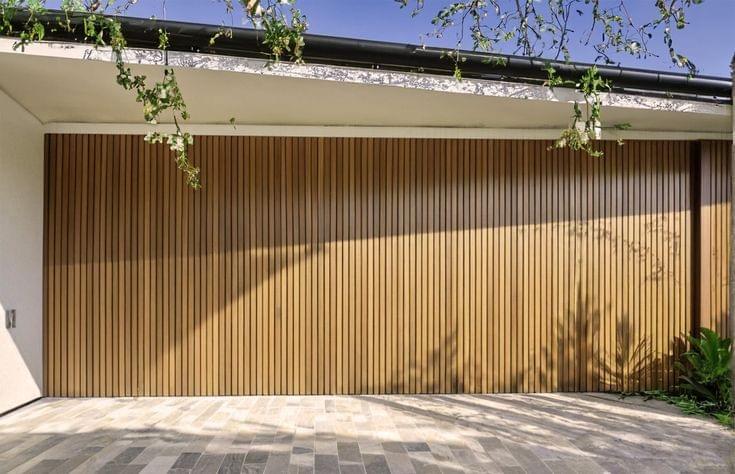
When it comes to enjoying your outdoor space, one burning question often arises: does composite decking get hot? Many homeowners wonder if their deck composite decking will turn into a frying pan under the summer sun. Understanding how heat affects composite wood decking boards can help you make informed decisions about your outdoor oasis.
Real World Temperature Measurements
In real-world scenarios, temperature measurements reveal that composite decking can indeed get hot, but it varies by color and material composition. Darker shades of composite lumber decking tend to absorb more heat compared to lighter hues, which reflect sunlight better. On a sunny day, temperatures for dark-colored decks can soar significantly higher than those of traditional wood decks or lighter-colored composites, making foot traffic uncomfortable.
Factors Influencing Heat Retention
Several factors influence how hot your deck will feel underfoot. The type of composite wood used in the construction plays a crucial role; some materials are designed with advanced technology that reduces heat absorption. Additionally, environmental elements such as wind exposure and shade from nearby trees or structures can significantly affect the temperature of your decking material throughout the day.
Insights from Composite Decking Inc
According to insights from Composite Decking Inc, advancements in manufacturing techniques have led to products that are more resistant to heat retention compared to older models. Their research indicates that while all types of deck composite decking will warm up in direct sunlight, newer formulations boast improved performance and comfort levels for barefoot enjoyment. This means you can still enjoy the aesthetic appeal and durability of composite wood without worrying too much about burning your toes!
Tips for Managing Heat on Your Deck
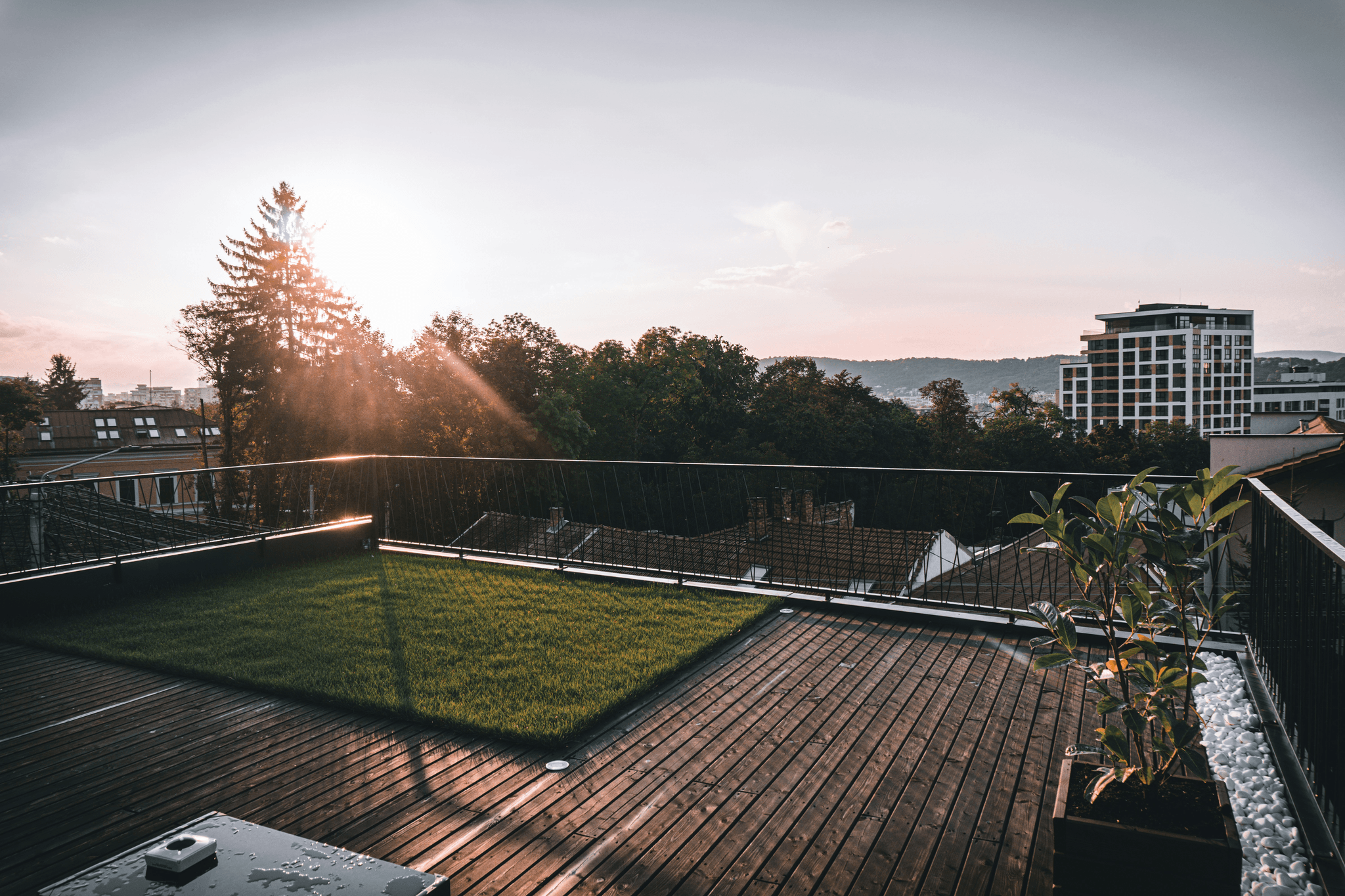
As summer approaches, the heat can turn your outdoor oasis into an uncomfortable space. If you've ever wondered, does composite decking get hot? you're not alone. Fortunately, there are several tricks to keep your deck composite decking cool and enjoyable throughout the warmer months.
Choosing Lighter Colors for Your Deck Composite
One of the simplest ways to combat heat retention is by selecting lighter colors for your deck composite materials. Darker shades absorb more sunlight, which can lead to higher temperatures on your composite wood decking boards. Opting for lighter hues not only helps in reducing heat but also adds a fresh and airy feel to your outdoor space.
When you choose a light-colored composite lumber decking, you’ll likely find that it stays cooler underfoot than its darker counterparts. This small change can make a significant difference when it comes to comfort levels during those hot summer days. Plus, lighter colors tend to reflect sunlight better, making them an aesthetically pleasing choice that enhances your outdoor decor.
Adding Shade Solutions
Creating shade is another effective strategy for managing heat on your deck. Whether it's through installing retractable awnings or planting trees nearby, shade solutions can significantly lower temperatures on your deck composite decking area. Consider adding umbrellas or pergolas as stylish options that not only provide relief from the sun but also enhance the overall look of your outdoor space.
If you have existing structures like gazebos or patio covers, make sure they are placed strategically to maximize shade coverage throughout the day. Additionally, consider using climbing plants or vines that can grow over trellises; they will provide natural shade while adding beauty to your environment. With these solutions in place, you'll be able to enjoy lounging on your composite wood without worrying about burning feet!
Using Outdoor Rugs and Mats
Another clever way to keep things cool is by incorporating outdoor rugs and mats into your design scheme. These accessories can act as insulators between the hot surface of composite lumber decking and bare feet—making them more comfortable during peak sunlight hours! Not only do they help manage temperature but they also add texture and style to your deck.
When selecting rugs or mats for use on composite wood decks, look for materials specifically designed for outdoor use; these will be more durable against weather elements while providing comfort underfoot. Bright patterns or bold colors can also liven up the space while serving a functional purpose—who knew style could be so practical? So go ahead and roll out those rugs; they're a simple yet effective way of addressing does composite decking get hot concerns while enhancing comfort!
Eco-Friendly Considerations

When it comes to choosing decking materials, eco-friendliness is a key factor for many homeowners. Composite wood decking boards have made significant strides in sustainability, often utilizing recycled materials that reduce the need for virgin resources. This not only helps in conserving forests but also minimizes waste in landfills, making composite lumber decking an appealing choice for environmentally conscious consumers.
Sustainability of Composite Wood Decking Boards
The sustainability of composite wood decking boards largely hinges on their composition. Most composite decking is made from a blend of recycled plastics and reclaimed wood fibers, which means that every deck composite decking installation can contribute to reducing plastic waste and conserving natural resources. This innovative approach not only helps the planet but also provides a durable product that can withstand the test of time.
Moreover, many manufacturers prioritize sustainable sourcing practices when producing their composite materials. By ensuring that their raw materials come from responsibly managed forests or post-consumer waste streams, these companies are paving the way for a greener future in outdoor living spaces. So when you ask yourself, Does composite decking get hot? remember it's also about how cool it is for our environment!
Benefits of Composite Over Traditional Wood
Composite lumber decking offers several advantages over traditional wood decks beyond just its eco-friendly credentials. For starters, composite materials resist splintering and rotting, which means less maintenance and fewer replacements over time compared to typical wood decks. This durability translates into lower long-term costs and less environmental impact since fewer resources are needed for upkeep.
In addition to being long-lasting, composite decking doesn’t require harmful chemicals for preservation like some treated woods do. This makes it safer for your family and pets while also protecting local wildlife habitats from chemical runoff. With all these benefits combined, opting for composite wood over traditional options is not just a smart choice—it's a responsible one too!
Brands Committed to Eco-Friendly Practices
Several brands have emerged as leaders in the eco-friendly composite decking market by committing to sustainable practices throughout their production processes. Companies like Trex and TimberTech have made significant investments in recycling technologies to ensure that their products consist primarily of recycled content while maintaining high quality standards that consumers expect from premium decking material.
These brands don’t stop at just manufacturing; they actively engage in initiatives aimed at reducing plastic waste and promoting reforestation projects as part of their corporate responsibility efforts. By choosing such companies when selecting your deck composite decking options, you’re supporting those who prioritize both quality craftsmanship and environmental stewardship—making your outdoor space beautiful without compromising our planet's health.
Conclusion
In the grand finale of our decking discussion, it’s clear that composite decking offers a comfortable and stylish solution for outdoor spaces, even during the scorching summer months. With its ability to resist heat better than traditional wood decks, homeowners can enjoy sun-soaked days without worrying about burning their feet on hot surfaces. So, does composite decking get hot? The answer is nuanced, but with the right choices, you can keep your deck cool and inviting.
Summer Comfort with Composite Decking
When temperatures rise, many people wonder if their choice of deck composite decking will lead to discomfort underfoot. Fortunately, advancements in composite wood technology have made these materials more heat-resistant than ever before. By selecting lighter colors and incorporating shade solutions, you can maximize your summer comfort while enjoying all the benefits of composite lumber decking.
Choosing the Best Decking Material
Selecting the right decking material is essential for both aesthetics and functionality in your outdoor space. While wood decks have their charm, they often require more maintenance and can become uncomfortably hot under direct sunlight. Composite wood decking boards provide a durable alternative that not only looks great but also minimizes heat retention—making them an excellent choice for those who want to enjoy their patios without the worry of excessive warmth.
Enjoying Your Outdoor Space Fully
To fully relish your outdoor oasis, it’s crucial to consider how various factors influence your experience on a deck composite decking surface. With thoughtful planning—like using outdoor rugs or adding shade—you can create a welcoming environment that encourages relaxation and leisure throughout the summer months. Ultimately, embracing composite wood means you’re investing in long-lasting enjoyment while sidestepping common issues associated with traditional wood decks.
